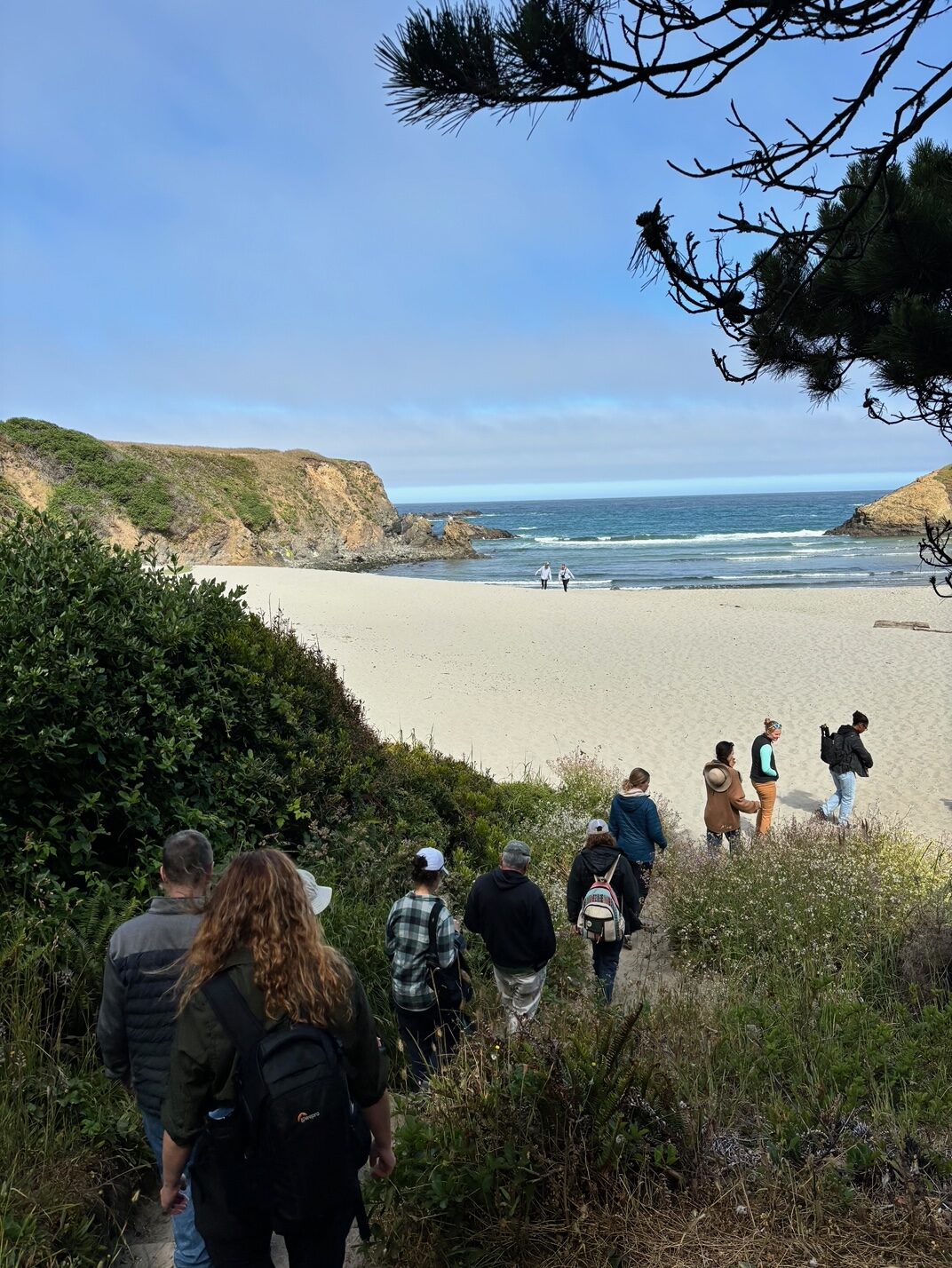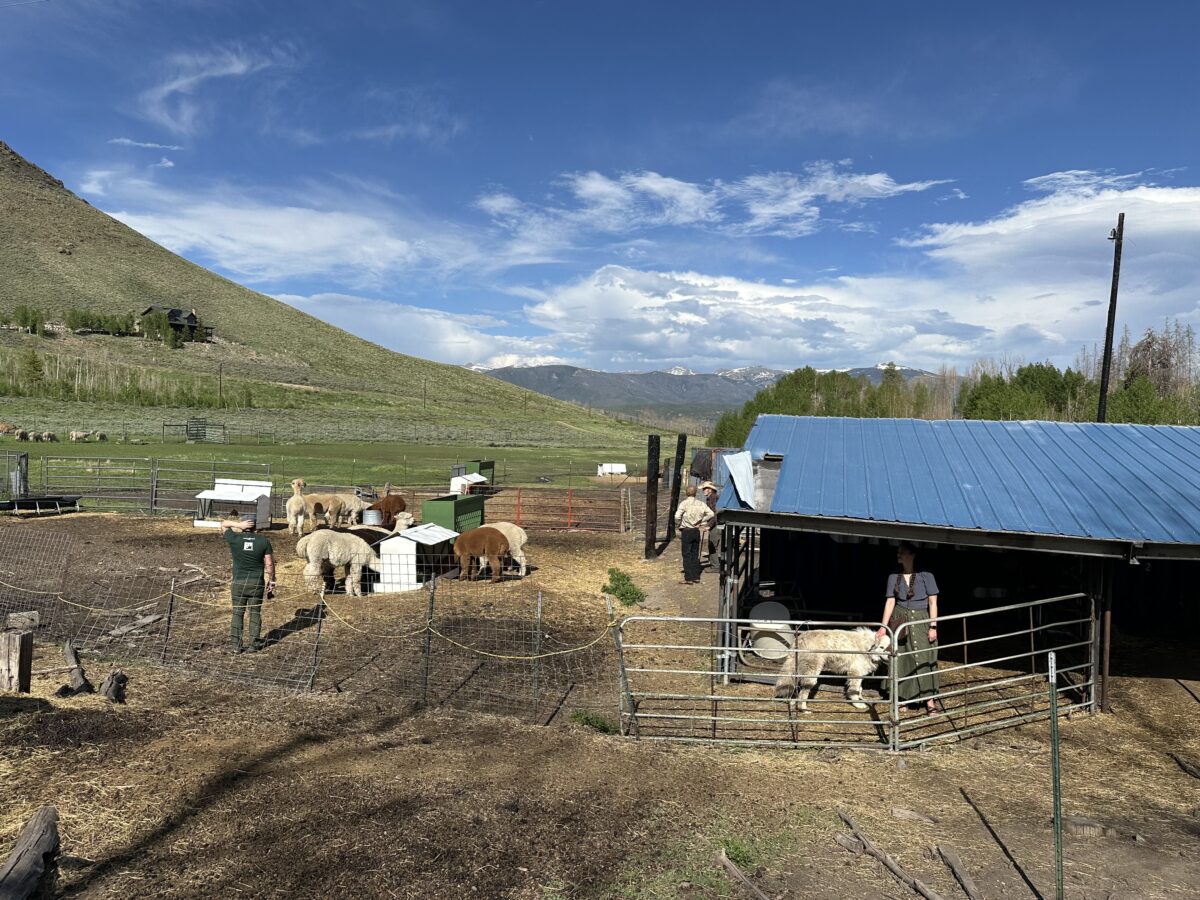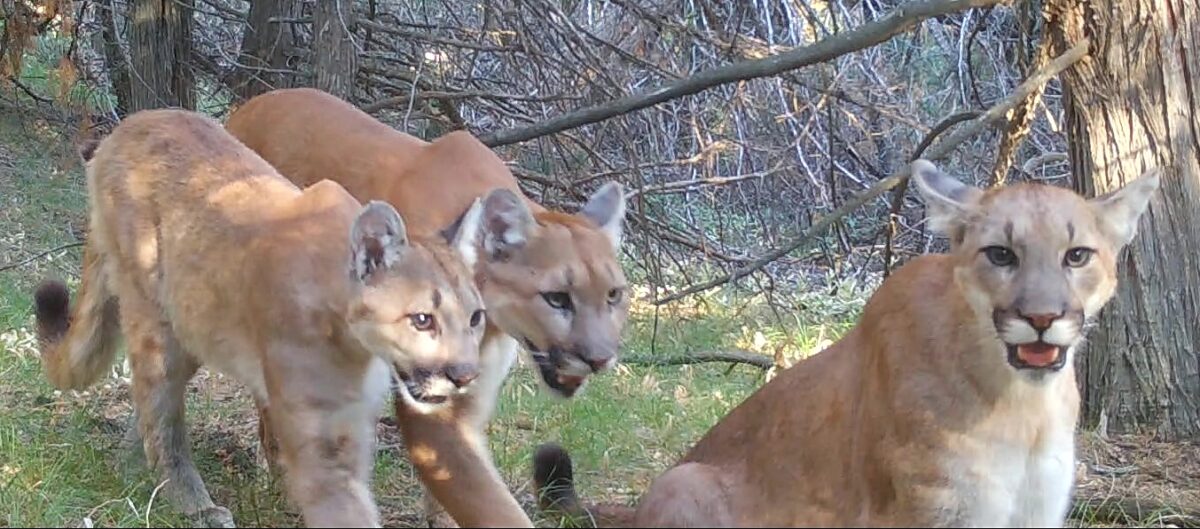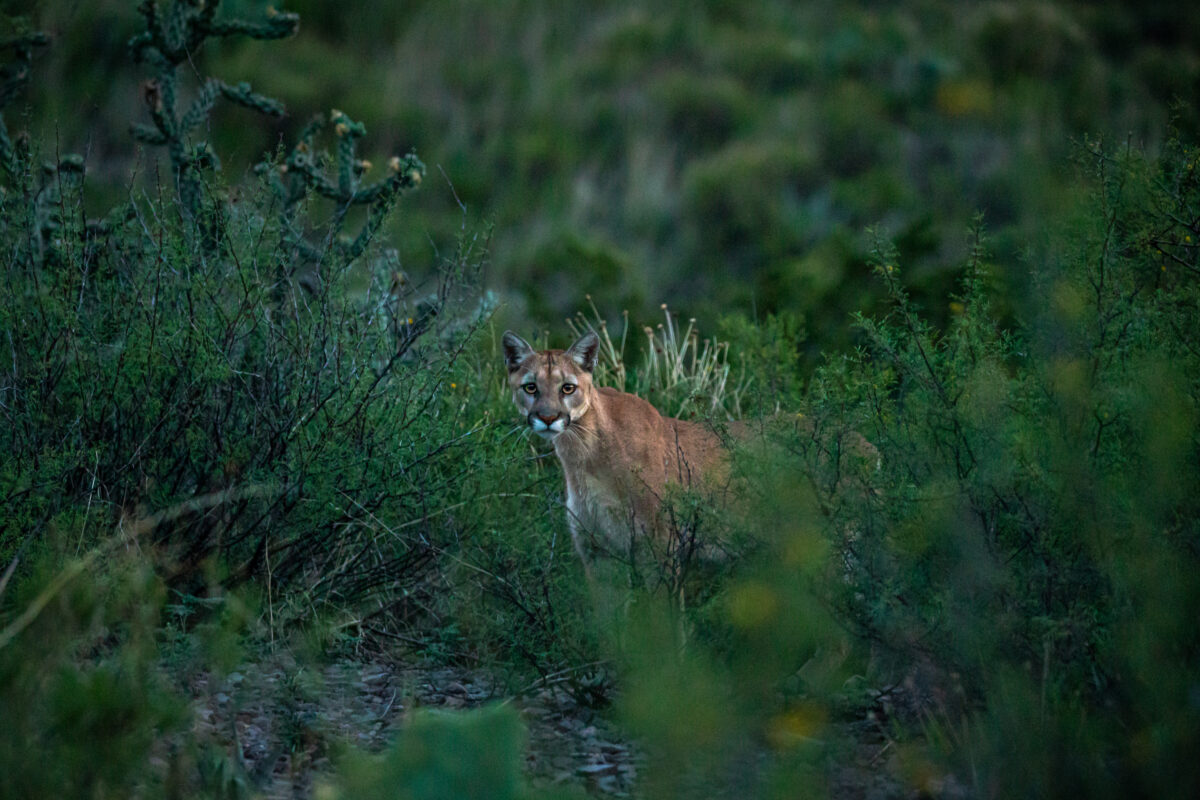Housing density policies in California, Oregon and Washington are a step forward for mountain lions
By Josh Rosenau, Conservation Advocate
In 2021, California’s legislature passed a law allowing the construction of two, four, or even more housing units on most lots that previously only allowed a single home. The policy aims to increase affordable housing, address car-dependent sprawl, and reduce greenhouse gas emissions.
The law carved out exceptions to upzoning in environmentally sensitive areas, including habitat for species listed (or under consideration for listing) under state endangered species law.
Citing that exception and a map in the Mountain Lion Foundation’s petition to list mountain lions as threatened or endangered, Woodside, California, a wealthy enclave near Stanford University, claimed that the entire city was mountain lion habitat, and thus exempt from allowing duplexes anywhere on any of the city’s vast estates.
Woodside’s claim made headlines, appearing in The New York Times, The Guardian, on ABC and CBS News, and more.
When reporters asked for the Mountain Lion Foundation’s view of that argument, we responded: “While Woodside abuts and contains mountain lion habitat, a blanket prohibition against adding an additional unit on an already developed parcel anywhere in the town is neither required by the California Endangered Species Act, nor contributing to the protection of mountain lions.”
What felt like an anodyne response generated enormous buzz.
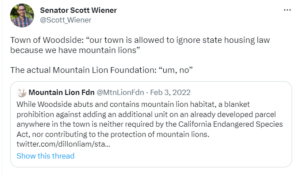
The idea that environmental advocates might favor increased housing density was at odds with many people’s expectations. But at the Mountain Lion Foundation, we’re pleased to see such policies adopted in California and throughout mountain lion country. Oregon adopted a similar policy in 2019, and this year Washington Governor Jay Inslee signed a series of laws which legalize duplexes everywhere, and especially near mass transit stops.
As urban ecologist Max Lambert recently wrote recently, reviewing Washington’s new laws, “Harm to habitats and species from denser development are not inevitable. In fact, denser housing offers a win-win for Washingtonians and biodiversity, if implemented thoughtfully.”
As we consider population growth and plan our communities, the necessities of the climate crisis demand that the housing we create for people must be as dense as possible, while keeping in mind equity, access to natural spaces nearby and quality of life.
For cougars, the main advantage of greater housing density is about space. Every additional house built on an already-developed lot means that a quarter acre or more of forest stays wild. It also means fewer roads built to serve new housing developments and fewer lots cleared for stores and offices serving new communities. Building up, and filling in areas that are already cleared, is better than clearing more forests.
Housing the same number of people in a smaller piece of land also means each one emits fewer greenhouse gases. As cougars and their prey are threatened by droughts, wildfires, and other climate changes driven by human activity, every step we take to reduce carbon emissions also protects the lives and well-being of cougars.
As the Washington Department of Fish and Wildlife wrote in a 2009 report: “wildlife is best served by:
- Keeping large, connected patches of undeveloped native vegetation intact.
- Encouraging and maintaining low zoning densities within and immediately surrounding high-value habitat areas and encouraging maintenance of native vegetation.
- Managing road systems to minimize the number of new roads and new barriers to important animal movement corridors.
- Planning open space to incorporate high-value habitat and corridors for animal movement.
- Zoning for higher densities within urban and developed landscapes to avoid sprawl.”
It’s unfortunate that it took over a decade for policy in the Evergreen State to catch up with these recommendations, but the results will be as good for wildlife as they are for people. And the effects on people will be immense. Increased housing density is a key step for housing people who are experiencing homelessness while also protecting a home for wildlife. It reverses centuries of racial bias in zoning and housing policy, making our communities fairer and more equitable for people.
Washington, Oregon, and California have all enacted strong policies to increase density where people already live, protecting habitat for wildlife. A similar law being debated in the Colorado legislature faces strong opposition, and may not extend those protections to mountain lions in the Rocky Mountains this year. Moving forward, the Mountain Lion Foundation will continue to support density-focused measures that reduce sprawl and protect our country’s remaining wildlife habitat. It’s good policy for people and good policy for lions.



 Facebook
Facebook Twitter
Twitter Send Email
Send Email